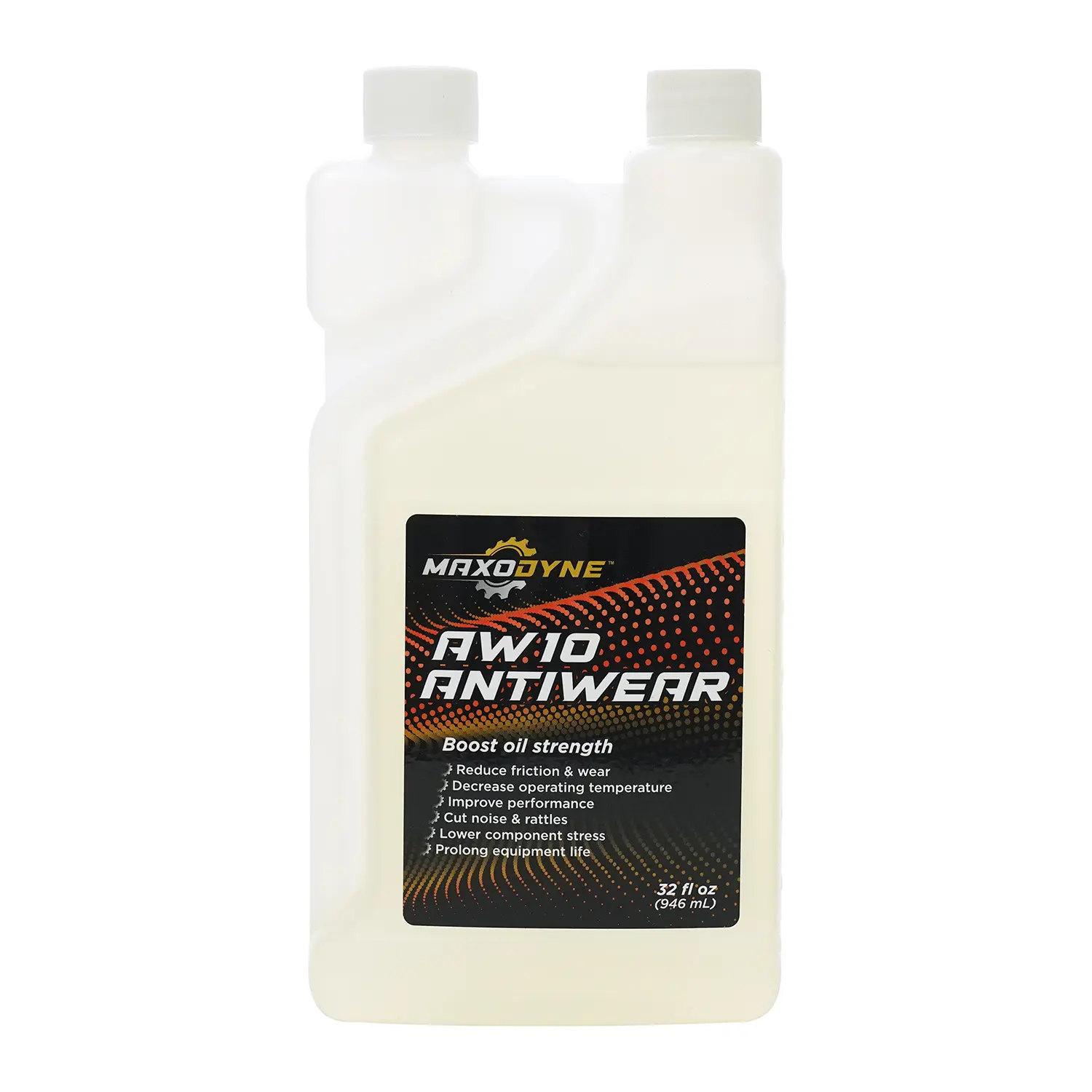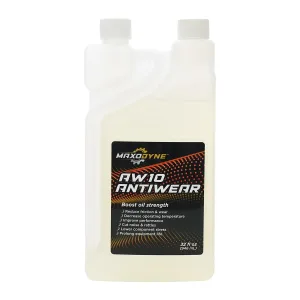Wear is one of the most costly factors in operating vehicles or machinery, causing direct cost, inconvenience and lost production through engine, transmission and driveline problems. Lubricating oil viscosity (oil thickness or drag) is the single most important factor in preventing wear of mechanical components. It is essential that a minimum viscosity be maintained at all times to ensure effective lubrication. Don’t forget that viscosity decreases with higher temperatures; the hotter the oil is, the less effective it will be as a lubricant. Viscosity also usually decreases with oil service life. Combine the two, and you’re asking for trouble, as the oil’s lubricating strength and ability is significantly diminished, resulting in more metal to metal contact, resulting in excessive and costly wear.
A major cause of wear…
A film of oil must be fully maintained on every part requiring lubrication, so that metal-to-metal contact is minimized. Especially, cold starts after a period of shutdown (after lubricating oil has drained away from all components), are a major contributor to wear. In engines, for example, about 80% of wear takes place at start up, when the oil has drained back into the oil pan. The same can be said of all transmissions, drive trains, final drives, etc.
… and power loss!
Large amounts of power are also lost through inadequacies of lubricating oil. Frictional loss, both mechanical and fluid, robs power between the engine and final drive. An example of fluid friction is when you stir a pot of honey. Stir slowly and evenly and there is not much resistance. Try stirring it faster and resistance is increased. Lubricating oil acts in the same way, and is known as fluid friction. Engines, transmissions and differentials all consume significant amounts of power as frictional losses. And any friction creates heat!
Boost oil strength, reduce wear, friction & heat
Here’s the good news – you can do something to reduce and often eliminate many of the transmission and driveline problems listed here! AW10 Antiwear is formulated to deliver tremendous increases in lubricant load carrying ability, wear reduction and friction (and heat) reduction. Semi trucks see reductions in gearbox and diff temperatures of 15–25˚F, easier gear shifting, and elimination of gear stick rattle at idle. AW10 Antiwear has prolonged the necessity to rebuild gearboxes and differentials by years for many users. AW10 Antiwear multiplies an oil’s load carrying ability without increasing its viscosity (or drag).
Choose the most appropriate AW10 Antiwear size for your particular need. Various size options are available –
AW10 Antiwear is added directly to the lubricating oil – engine, transmission (automatic or manual), differential, final drive and hydraulic oils.
As a rule of thumb, and depending on the vehicle’s oil capacities, the following is usually helpful in determining which size is most suitable for your application –
- 8 fl oz & 16 fl oz – is usually enough to treat cars & small to medium SUV’s, small trucks, etc
- 32 fl oz & 64 fl oz – is usually enough to treat medium trucks, RV’s, 4 Wheel-drives, etc
- 1 Gallon – is usually enough to treat large trucks & machinery, Fleet & workshops etc
Below is a chart that may be helpful to determine how much you need depending on your vehicle or machine’s oil capacity.
(32 fl ozs = 946 mL, 1 liter = 33.8 fl oz)




